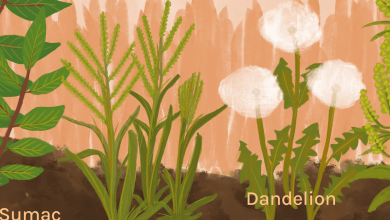Galan de Noche: [Planting, Care, Irrigation, Pests and Diseases]
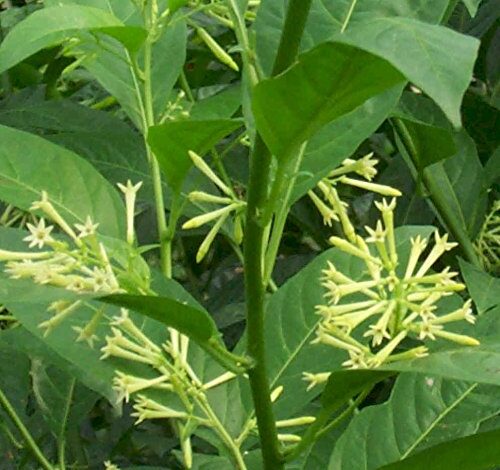
The gallant at night (Cestrum Nocturnum) is a shrubby plant of the Solanaceae family, native to the American Continent, more specifically Central and South America, where it is also known as Smell of the Night, hediondilla, skunk, jasmine at night or lady of the night. night.
It is a fast-growing plant, around 5 meters tall and requires constant pruning, especially if it is grown indoors. It reproduces easily by seeds and cuttings, in fact constant pruning is useful if you want to multiply the plant.
Its name refers to the fact that the flowers give off their delicious aroma during those hours, but this is usually so persistent that it remains even in the early hours of the day. It is for this reason that the gallant at night is distinguished as one of the most fragrant flowers in the world.
You can enjoy its fragrance from late spring to early fall.
On the other hand, it is a very toxic plant due to its high solanine content. In fact,its ingestion can be fatal.
Important Points when Sowing Galan de Noche:
- When? In early spring.
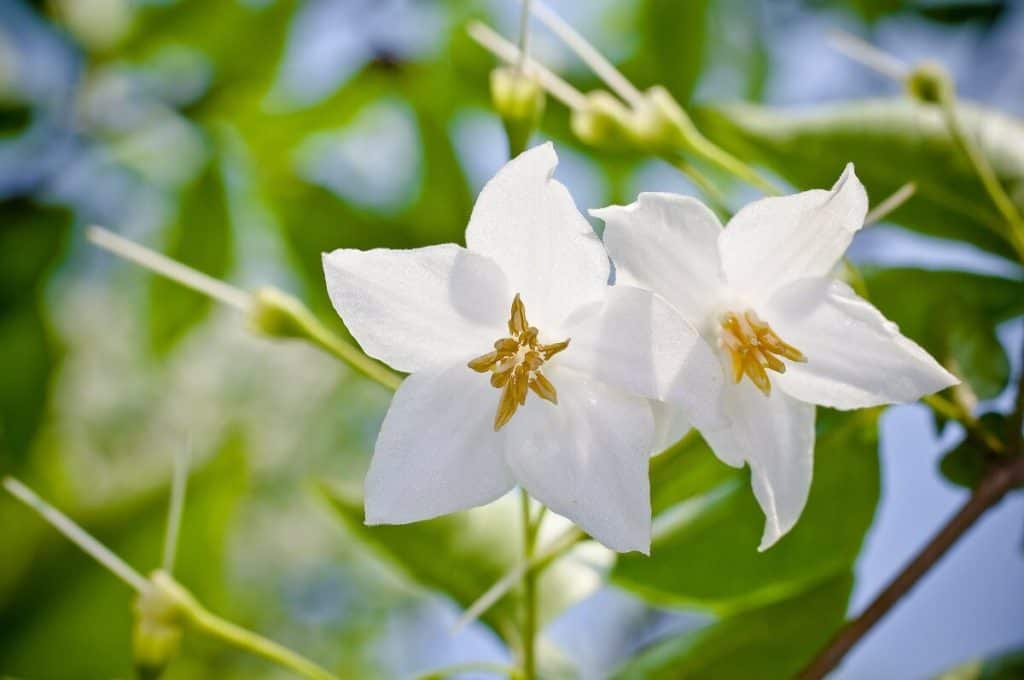
- Where? It supports full sun well. Frost can kill it. The optimum temperature is usually between 18º and 25º.
- Growth type? It is a plant that grows very fast. It requires constant pruning.
- How do we prepare the land? It is not very demanding, but it is ideal to fertilize a little with organic matter and earthworm humus.
- How do we water? It is not necessary to water too much. Waterlogging is not recommended. Drip irrigation is recommended.
- How do we sow? Here step by step.
- Plagues and diseases? Red spider, whitefly and aphids.
Characteristics of the gallant of the night
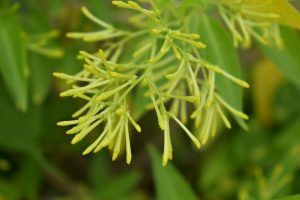
The gallant at night or also known as the night-blooming jasmine (Cestrum nocturnum) is so named because its white-yellow tubular flowers bloom at night; and during the day, they remain closed.
It belongs to the nightshade family, also known as the potato family of plants.
It is known for its scent and is possibly the most scented plant in the world. When it blooms, the flowers release a scent of sweet perfume that permeates the area.
It is a tropical plant that was first discovered in the West Indies and was most likely brought to Europe by Christopher Columbus in the 15th century.
It can now be found growing in subtropical regions throughout the world and even in temperate climates, where winter temperatures do not drop below -10oC (although it may well lose all its growth and leaves at such low temperatures).
When should the gallant at night be sown?
In early spring, after the last frost.
It blooms from late spring and throughout the summer.
Where to plant a gallant at night?
 It is not at all resistant to frost, although it is tolerant to low temperatures, as long as these are not below -2 ºC.
It is not at all resistant to frost, although it is tolerant to low temperatures, as long as these are not below -2 ºC.
The ideal is to plant it in temperate and warm temperatures.
It can be grown in direct sunlight or in semi shade, depending on the region.
During spring and summer they require direct exposure to the sun, otherwise their flowering is complicated.
The optimum temperature is between 18 and 25 ºC.
How often should the gallant be watered at night?
Depending on the region, in times of greater heat, irrigation can be daily to every third day. And in wetter and cooler times, it can be watered every third day up to a couple of times a week.
Ideally, the substrate should always remain moist in its most superficial layers. Irrigation should always be moderate to avoid waterlogging.
A lack of water causes the leaves to fall off. On the contrary, an excess of water causes its leaves to acquire a yellow tone and contract dark spots.
How do we prepare the land?
 They do well in a wide variety of soils, provided they are well-drained, loose, and rich in organic matter and iron.
They do well in a wide variety of soils, provided they are well-drained, loose, and rich in organic matter and iron.
It grows best in moist, sandy soils.
The optimal pH should range between 6.6 and 7.5
It requires iron for its cultivation.
It is necessary to periodically provide some organic fertilizer, it can be compost, or earthworm humus. This, above all, at the end of winter, when the night lover wakes up from his winter lethargy.
How to sow Galan de Noche step by step
Clear the ground
 It removes weeds and remains of previous crops and all kinds of residues to ensure that your heartthrob receives the proper amount of nutrients.
It removes weeds and remains of previous crops and all kinds of residues to ensure that your heartthrob receives the proper amount of nutrients.
All plants must be pulled out by the roots to prevent them from growing back.
prepare the ground
Moisten the soil before planting. This will prevent the seeds from shifting easily
Fertilize the soil. Spread a layer of worm castings or compost over the soil.
Put the seeds in the ground
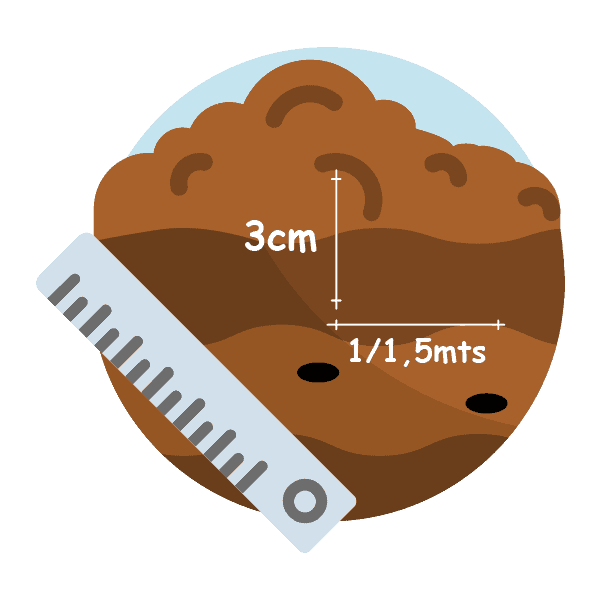 The sowing method is broadcast, which means that the seeds are spread throughout the land on a regular basis.
The sowing method is broadcast, which means that the seeds are spread throughout the land on a regular basis.
Create furrows on the ground, leaving half a meter between each row. Then spread the seeds evenly over the soil and lightly cover them with soil.
Bury them 1.5 cm deep and cover them lightly.
Water the soil regularly
It is recommended that you water when you see that the upper layers of the earth have dried.
Select the healthiest and strongest seedlings
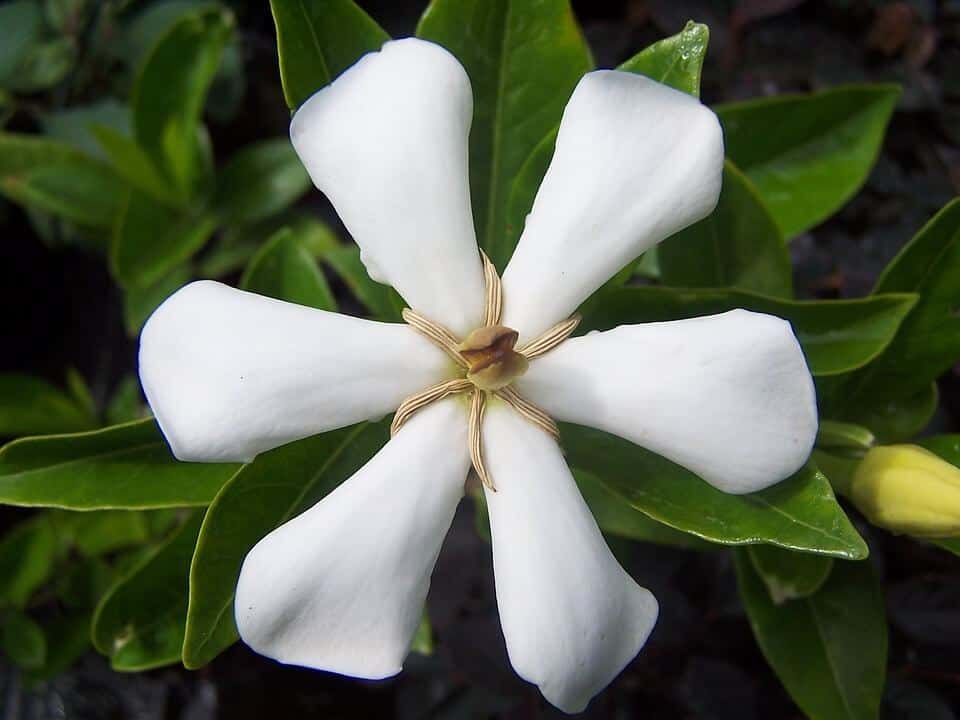 The seeds will germinate after fifteen days. If more than one seed has germinated in each hole, keep the strongest one. To do this, do not pull the weak one, as you can damage the leaves. A simple pruning at ground level is sufficient.
The seeds will germinate after fifteen days. If more than one seed has germinated in each hole, keep the strongest one. To do this, do not pull the weak one, as you can damage the leaves. A simple pruning at ground level is sufficient.
Preferably, perform this task when the plant is about 15 cm tall. In this way, you guarantee the integrity of each plant.
Once they have reached 30 centimeters in height, the plants will be strong and self-sufficient, and will grow faster.
Protect your plant and give it good maintenance
Check your plants regularly; this to prevent them from contracting pests and other diseases.
pay regularly
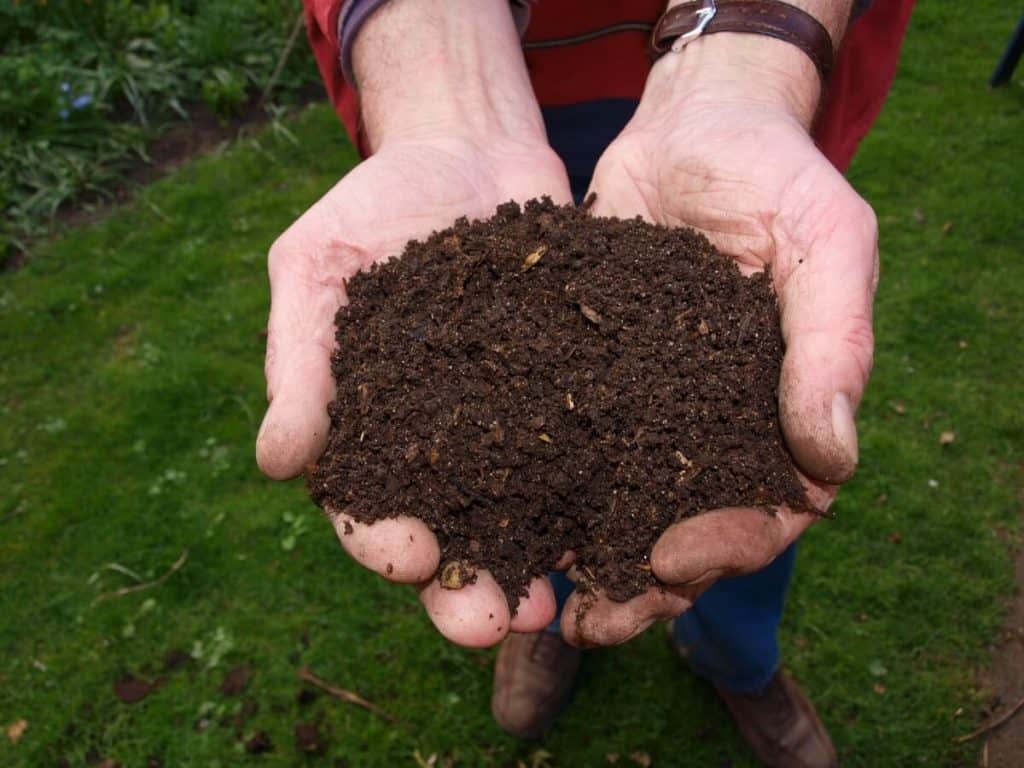 Feed your night lover regularly with organic fertilizer or compost, in this way you will ensure that it has the necessary nutrients.
Feed your night lover regularly with organic fertilizer or compost, in this way you will ensure that it has the necessary nutrients.
With the fertilizer, flowering is ensured and the leaves remain longer.
During spring and summer, it is recommended to add liquid fertilizer rich in iron every 15 days.
prune your plant
The gallant at night should be pruned at the end of winter to favor its flowering in spring and summer.
The branches are also trimmed after the main flowering, in early summer, so that a second flowering can take place.
Pests and diseases of the gallant at night
Some of the most common pests and diseases that affect the gallant at night are:
Red spider
 It is recommended to avoid substrates with excess nitrogen and to monitor crops during the early stages of development. In fairly dry climates it is recommended to water crops at night to maintain moisture.
It is recommended to avoid substrates with excess nitrogen and to monitor crops during the early stages of development. In fairly dry climates it is recommended to water crops at night to maintain moisture.
Another recommendation is disinfection prior to planting in plots with a history of red spider mite to ensure that there are no eggs left.
To combat an infestation, an extract of garlic and chili can be applied, although if the plant is very affected, it is best to eliminate it to prevent it from spreading to other plants.
Biological control can be carried out through its natural enemies. The main predatory species of spider mite eggs, larvae and adults are other species of mites such as Amblyseius californicus and Phytoseiulus persimilis. The Feltiella acarisuga mosquito is also a fairly effective predator.
White fly
Whiteflies are often attracted to yellow and light green, so traps or containers of these colors with sticky surfaces can be placed for them to adhere to.
Biological control can be carried out through its natural enemies. Some of them are the ladybug, lacewing, predatory beetles (Orius sp) and parasitic wasps (Encarsia sp).
To combat them, in addition, ecological alternatives can be used, such as applying 1% potassium soap sprayed with rainwater or distilled water to the underside of the leaves.
aphids
To prevent the appearance of aphids, the total elimination of weeds and remains of previous crops is recommended.
Biological control can be carried out through its natural enemies. The main predators of aphids are Aphidoletes aphidimyza, which is a small fly whose larvae feed on more than seventy species of aphids.
To combat them, in addition, potassium or biodegradable soap can be applied to the underside of the plants. It should be applied very early in the morning or in the afternoon, when the sun no longer shines on the leaves. The soap will help clean the honeydew excreted by the aphid and soften its cuticle.

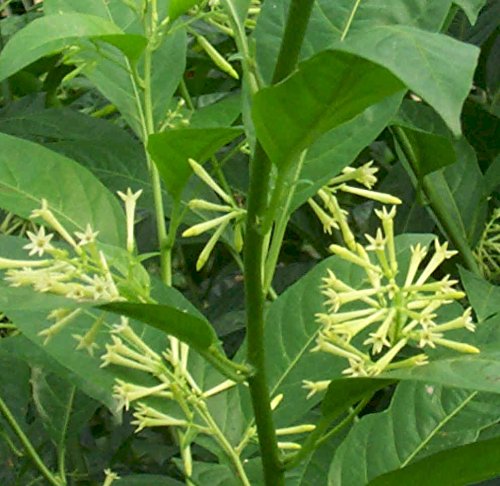
![Photo of Thuja Orientalis: [Cultivation, Irrigation, Associations, Pests and Diseases]](https://www.complete-gardening.com/wp-content/uploads/2022/08/thuja-orientalis-cultivation-irrigation-associations-pests-and-diseases-390x220.jpg)
![Photo of Thistles: [Cultivation, Irrigation, Associations, Pests and Diseases]](https://www.complete-gardening.com/wp-content/uploads/2022/08/thistles-cultivation-irrigation-associations-pests-and-diseases-390x220.png)
